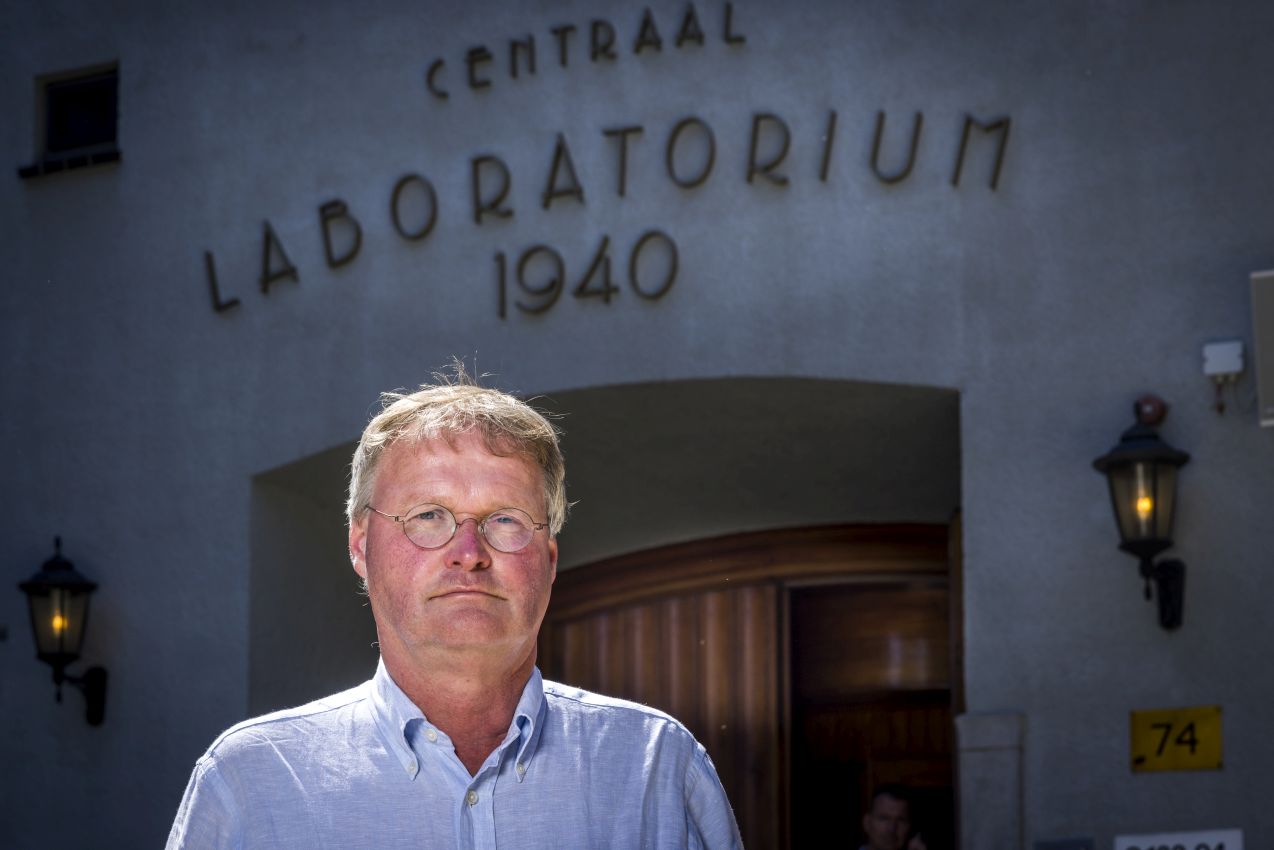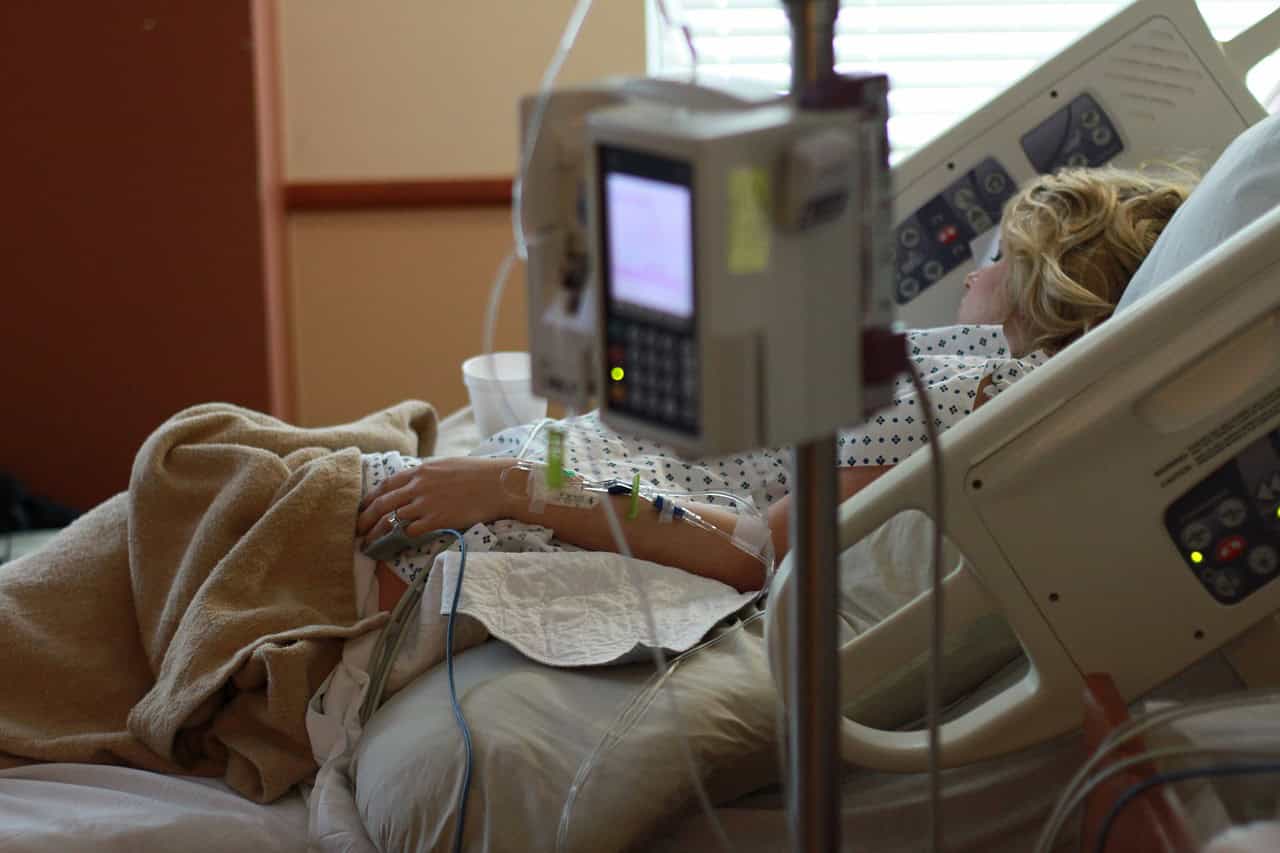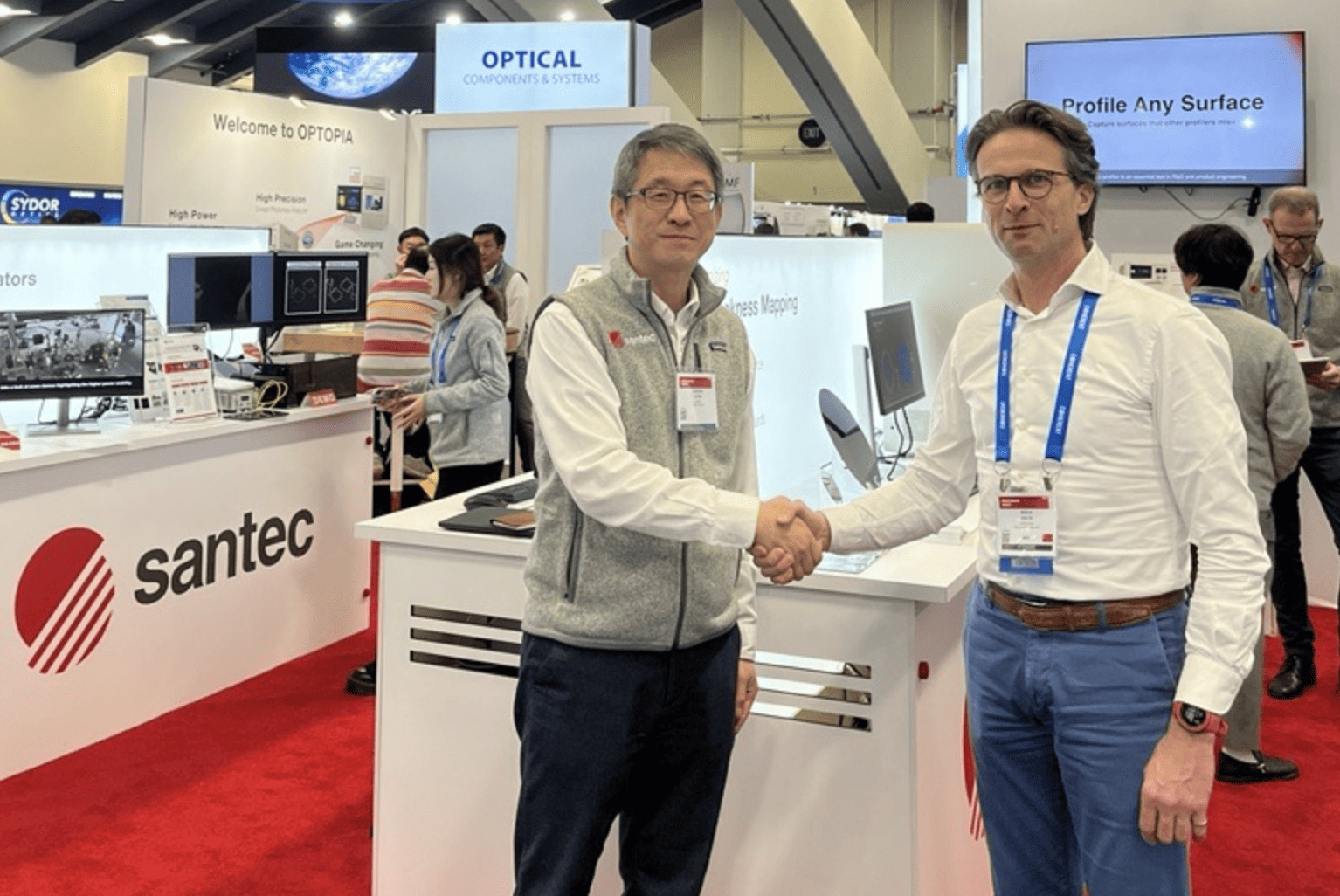
Can immunotherapy treatment help this cancer patient? And, if it can, which specific treatment should be applied? Oncologists routinely ask themselves these questions. Insurance companies also pose these questions since immunotherapy is expensive. Patients ask if this novel treatment could save their lives. Now, a new study by Professor Keren Yizhak, from the Ruth and Bruce Rappaport Faculty of Medicine at the Technion – Israel Institute of Technology, uses Artificial Intelligence to create a simple and inexpensive method of answering this question for each individual patient, writes the research center in a press release.
Immunotherapy is a recent development within the world of cancer treatments. It has provided full remission to patients who could not be helped by other means, and it reduces many of the side effects of chemotherapy. There are multiple immunotherapeutic treatments. The principle under which they all operate is stimulation of the patient’s immune system to attack the cancerous cells.
Simplifying tumor mutation burden measurement
How does the immune system distinguish between the cancer cells it should attack and the healthy cells of the body? The more mutations the tumor has amassed, the more it differs from the “normal” cells, and thus immunotherapy can be more effective. This characteristic is called Tumor Mutation Burden (TMB). A higher TMB means more new mutations. Prof. Yizhak’s method significantly simplifies measurement of the TMB.
Currently, in order to measure TMB, cells are taken from the tumor and their DNA is compared to DNA from the patient’s healthy cells. Prof. Yizhak and her group propose two significant modifications to this process.
The first modification, already explored in a previously published article by the group, is comparing RNA molecules rather than DNA molecules. This makes a difference because DNA molecules contain the entirety of the human genome, while RNA molecules are small parts of the genetic code, copied out to be used as instructions within the cell. In their previous study, the group showed that RNA molecules can also be used to identify the cancer-specific mutations.
Two-fold innovation
The innovation in the group’s most recent article is two-fold: first, eliminating the need to compare the RNA from the cancerous tumor to DNA from healthy cells. As a result, a smaller amount of genetic material needs to be sequenced, so patients can be subjected to fewer procedures. Instead of comparing the genetic material from the tumor to the patient’s own healthy genetic material, Prof. Yizhak’s team developed a machine-learning algorithm that was trained to recognize aberrations from the healthy genome and to tell them apart from the natural variation that exists between people.
Second, using these predictions, they were able to compute an RNA-based TMB metric. In fact, this method proved to be more effective than the standard method in estimating the predicted effectiveness of immunotherapy for a given patient. This is thought to be the case because the RNA contains the parts of the genome that are in constant use and can therefore initiate an immune response. Mutations in parts of the genome that are not in use are less likely to affect the cell’s operation.

The development of the algorithm was made possible by using a large existing database of sequenced RNA from cancer patients, on which the algorithm could be trained. In fact, Prof. Yizhak’s laboratory is a computational, “dry,” lab. Computational labs make use of the large amounts of clinical data collected by the scientific community around the world, using it to achieve new discoveries and to develop new tools to assist patients. The study was led by Dr. Rotem Katzir and B.Sc. student Noam Rudberg, both from the Henry and Marilyn Taub Faculty of Computer Science.
Selected for you!
Innovation Origins is the European platform for innovation news. In addition to the many reports from our own editors in 15 European countries, we select the most important press releases from reliable sources. This way you can stay up to date on what is happening in the world of innovation. Are you or do you know an organization that should not be missing from our list of selected sources? Then report to our editorial team.





